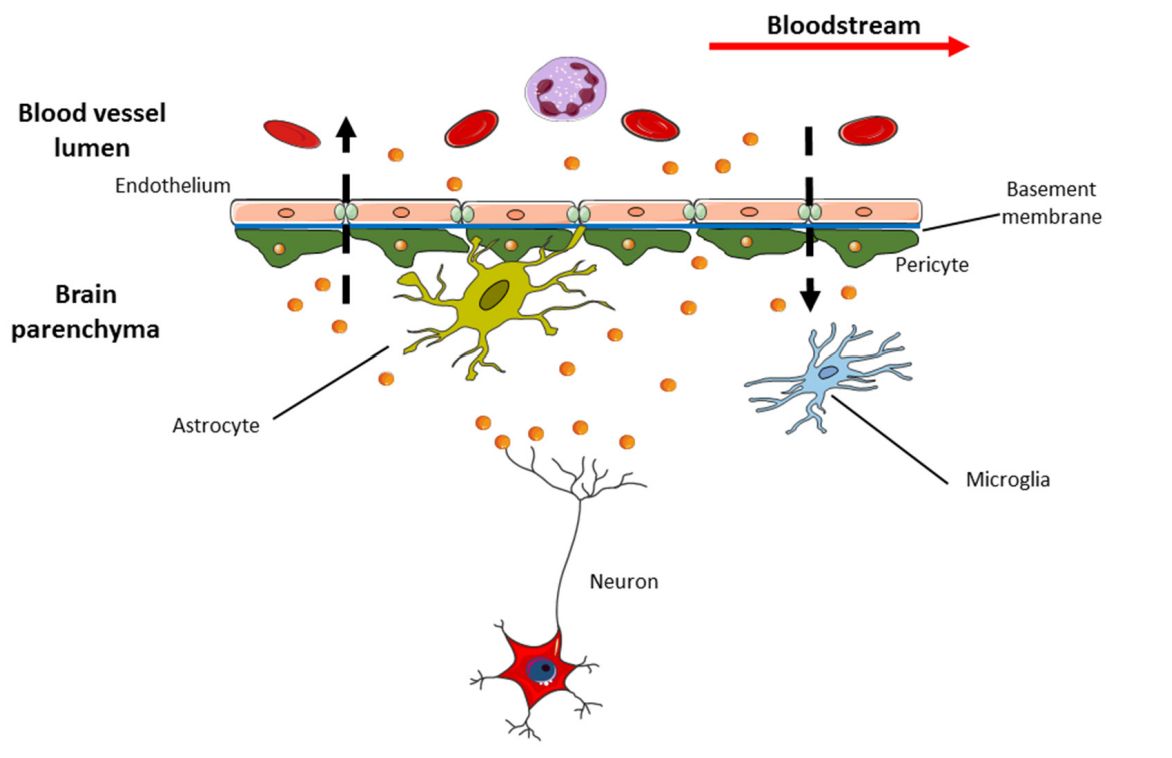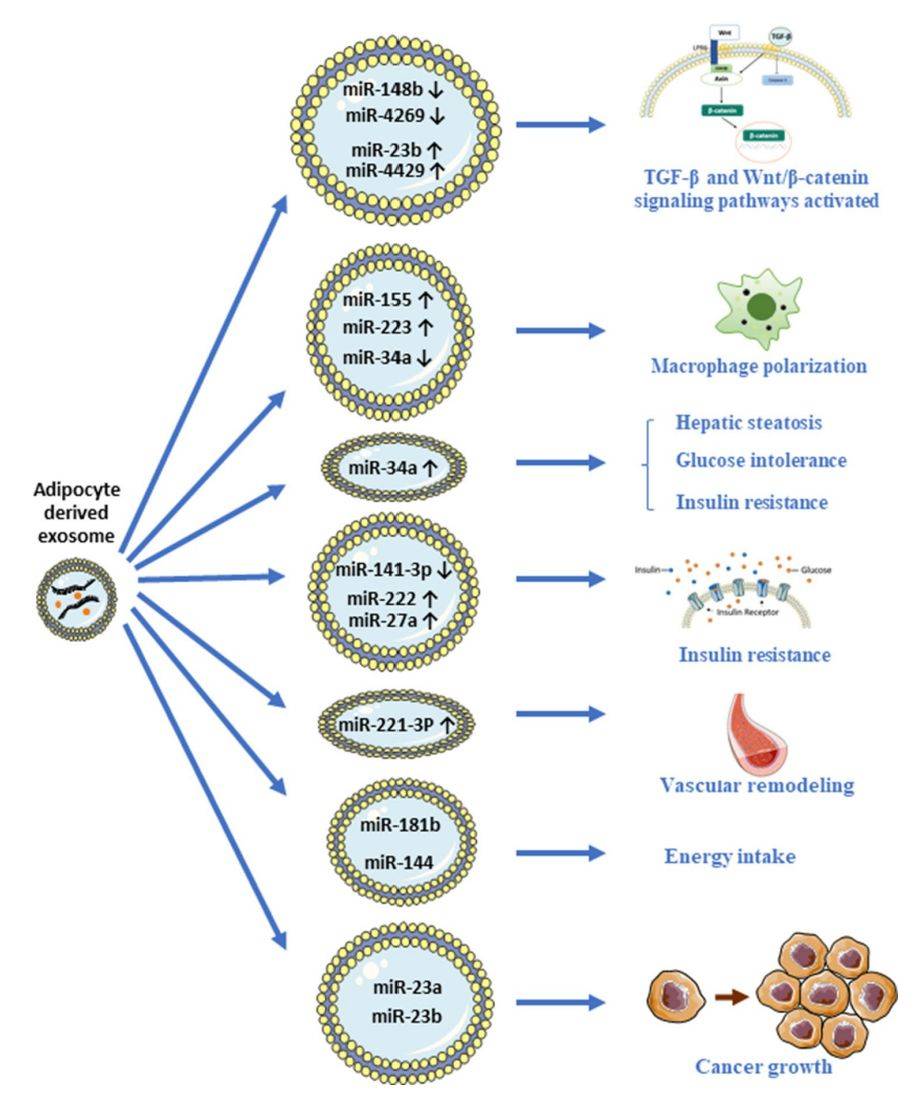Exosome Research in Human Obesity
Globally, the number of people with obesity continues to increase, and how to achieve effective weight control has become an important public healthcare topic. Treatment of obesity includes weight loss surgery and medication. Currently, drugs used to treat obesity mainly work by acting on the central nervous system or peripheral tissues. However, the following problems are common with existing anti-obesity drugs:
1) More serious side effects.
2) The mechanism of drug action is not clear.
3) Most drugs only target the intestinal absorption function or appetite, and cannot regulate the energy metabolism balance.
Many experimental results show that the central nervous system (especially the hypothalamus) plays an important role in regulating metabolic homeostasis in the body. Therefore, when developing anti-obesity drugs, it may be a more effective strategy to specifically target the hypothalamic energy balance regulation mechanism. An important challenge in delivering drugs to the central nervous system is crossing the blood-brain barrier, which is well achieved by exosomes. Exosomes are involved in a wide range of physiopathologic processes and can cross the blood-brain barrier to target drug delivery to the CNS, thereby improving drug therapeutic efficacy and controlling side effects.
 Figure 1. Exosomes can cross the blood-brain barrier (BBB) in both directions. (D'Anca M, et al., 2019)
Figure 1. Exosomes can cross the blood-brain barrier (BBB) in both directions. (D'Anca M, et al., 2019)
Exosomes and Obesity
Exosomes are vesicle-like vesicles secreted by cells that can stimulate target cells through receptor-ligand interactions or play an important role in intercellular communication by transferring various bioactive molecules, such as membrane receptors, proteins, mRNAs, and miRNAs, to target cells. Recent studies have shown that specific miRNAs in exosomes play a key role in the pathological process of obesity by regulating adipose formation, classical brown adipose tissue function, and white adipose tissue browning process, as well as participating in the activation status of adipose tissue macrophages.
 Figure 2. Influence of miRNAs in adipocyte exosomes on tissues and organs in the state of obesity. (Kwan HY, et al., 2021)
Figure 2. Influence of miRNAs in adipocyte exosomes on tissues and organs in the state of obesity. (Kwan HY, et al., 2021)
- Adipose Tissue-derived Exosomes
Mammalian adipose tissue is mainly classified as white adipose tissue (WAT), classical brown adipose tissue (cBAT), induced brown adipose tissue (IBAT), or beige adipose tissue (BAT). In recent years, studies have shown that adipose tissue-derived exosomal miRNAs are not only involved in the regulation of fat formation, catabolism, and lipid storage but also in the regulation of WAT browning. It has been found that exosomes secreted by mouse adipose tissue (obesity model) induced macrophage activation via the TLR4/TRIF pathway. Retinol-binding protein 4 (RBP4) in these exosomes plays a role in macrophage induction.
- Adipose Tissue Macrophage-derived Exosomes
Numerous studies have shown that adipose tissue macrophages (ATM) can mediate chronic inflammation in obesity. Modulating the activation state of ATM may be an important measure to control adipose tissue inflammation and obesity-related metabolic disorders. ATM secrete exosomes containing miRNAs that can enter the circulation and be taken up by distal insulin target cells (e.g., liver, muscle, and adipocytes). ATM exosomes from obese mice directly cause insulin resistance in vitro. In contrast, ATM exosomes from lean mice improve insulin sensitivity.
Exosomes in the Diagnosis of Obesity
As dynamic carriers of biological information, exosomes have emerged as unique biomarkers for early detection and monitoring of obesity. For example, adipose tissue-derived exosomes contain a large number of molecular signatures reflecting an individual's metabolic state, providing a non-invasive window into the complex mechanisms of weight gain and associated metabolic disorders. Analysis of the substances and components of these exosomes can provide insight into an individual's susceptibility to obesity, enabling early intervention and personalized prevention strategies.
Exosomes in the Treatment of Obesity
In addition, exosomes have shown significant therapeutic potential in the treatment of obesity and its complications. It has been found that treatment of high-fat diet (HFD)-induced obese mice with adipose stem cell (ADSC)-derived exosomes enhanced insulin sensitivity and attenuated hepatic steatosis and obesity. Mesenchymal stem cell (MSC)-derived exosomes can target and regulate the function of adipocytes, muscle cells, and hepatocytes to promote energy expenditure and improve glucose homeostasis. Ongoing research is using engineered exosomes as targeted drug delivery systems to deliver anti-obesity compounds directly to specific tissues and cells. Utilizing the natural homing and cargo-carrying abilities of exosomes, researchers are developing innovative therapies to address the multifaceted nature of obesity and potentially mitigate the risk of side effects associated with conventional therapies.
 Figure 3. Extracellular vesicle therapy for obesity-induced nonalcoholic fatty liver disease. (Zhang J, et al., 2024)
Figure 3. Extracellular vesicle therapy for obesity-induced nonalcoholic fatty liver disease. (Zhang J, et al., 2024)
Our Services and Products
As a leading provider of exosome products and services, Creative Biostructure is committed to helping clients explore exosome-based therapies to combat obesity. Our comprehensive suite of exosome solutions includes innovative tools for isolating, characterizing, and analyzing exosomes. By utilizing advanced technologies, we enable clients to unlock the diagnostic and therapeutic potential of these extracellular vesicles, providing valuable insights into an individual's metabolic profile and susceptibility to obesity-related complications. Please feel free to contact us and we will do our best to assist you.
| Cat No. | Product Name | Source |
| Exo-HDBF-11 | HQExo™ Exosome-SDH-Obesity plasma | Exosome derived from Single Donor Human Obesity plasma |
| Exo-SC01 | HQExo™ Exosome-PCS-500-011 | Exosome derived from human pre-adipose derived mesenchymal stem cell (PCS-500-011) |
| Exo-SC03 | HQExo™ Exosome-hTERT | Exosome derived from hTERT-immortalized Mesenchymal Stem Cell |
| Exo-SC04 | HQExo™ Exosome-MSC | Exosome derived from Xeno-Free Human Mesenchymal Stem/Stromal Cells and Media |
| Exo-SC02-1 | HQExo™ Exosome-PCS-500-012 | Exosome derived from human bone marrow-derived mesenchymal stem cell line (PCS-500-012) |
| Exo-SC02-2 | HQExo™ Exosome-Pla-MSC | Exosome derived from human placental derived mesenchymal stem cell |
| Explore All Exosome Products | ||
Reference
- D'Anca M, et al. Exosome Determinants of Physiological Aging and Age-Related Neurodegenerative Diseases. Front Aging Neurosci. 2019. 11: 232.
- Kwan HY, et al. The impact of obesity on adipocyte-derived extracellular vesicles. Cell Mol Life Sci. 2021. 78(23): 7275-7288.
- Zhang J, et al. Extracellular vesicle therapy for obesity-induced NAFLD: a comprehensive review of current evidence. Cell Commun Signal. 2024. 22(1): 18.
